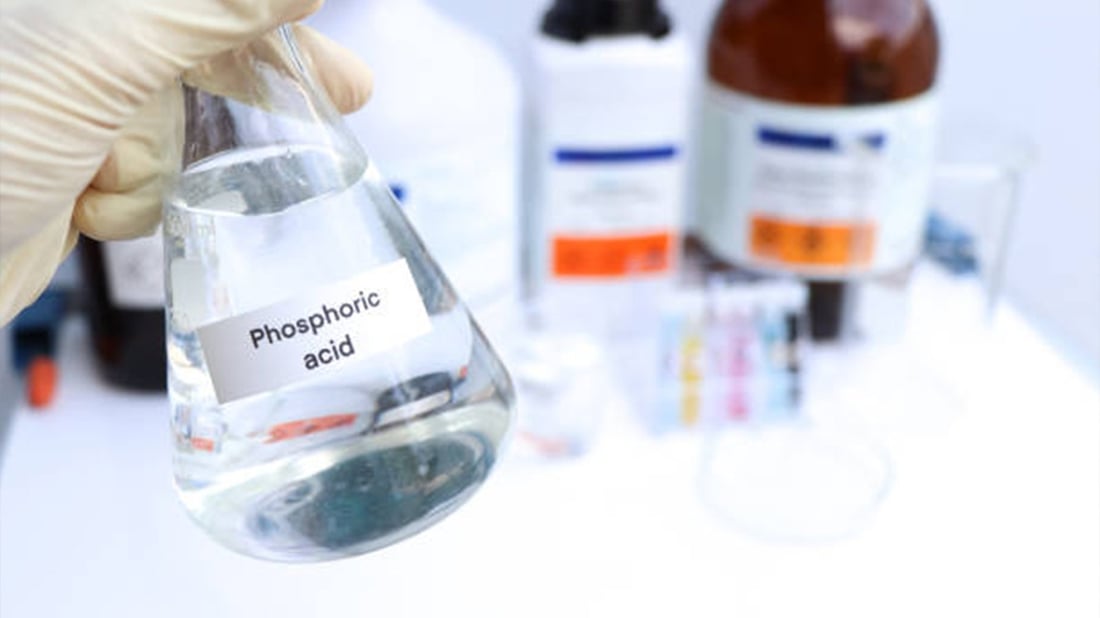The Benefits of Using Phosphoric Acid in Food Preservation
Phosphoric acid is a widely used food additive that offers several benefits when it comes to food preservation. This article aims to explore the pros and cons of using phosphoric acid in food preservation to help you make informed decisions about its usage.
1. Enhanced Shelf Life
One of the major advantages of using phosphoric acid in food preservation is its ability to extend the shelf life of various food products. Phosphoric acid acts as a preservative by inhibiting the growth of bacteria, yeast, and mold, thus preventing spoilage. This ensures that the food remains safe to consume for a longer period.
2. Retention of Nutritional Value
When used in appropriate amounts, phosphoric acid helps to maintain the nutritional value of preserved foods. It preserves the vitamins and minerals present in the food, preventing their degradation over time. This is particularly important for foods that undergo processing and require longer shelf lives while still providing essential nutrients.
3. Improved Flavor and Texture
Phosphoric acid can enhance the flavor and texture of certain food products. It acts as an acidity regulator, giving a tangy taste that can be desirable in carbonated beverages and certain processed foods. Additionally, it helps to maintain the texture of preserved foods, preventing them from becoming mushy or overly soft.
4. Cost-Effective Preservation Method
Compared to some other food preservation methods, using phosphoric acid can be a cost-effective option. It is readily available and relatively inexpensive, making it a popular choice for food manufacturers and processors. The low cost of phosphoric acid makes it an attractive option for preserving large quantities of food without significantly increasing production expenses.
5. Versatile Usage
Phosphoric acid can be used in a wide range of food products, making it a versatile preservation tool. It is commonly found in carbonated beverages, processed meats, dairy products, condiments, and canned foods. Its versatility allows food manufacturers to utilize phosphoric acid in various ways to meet different preservation requirements.
The Drawbacks of Using Phosphoric Acid in Food Preservation
6. Health Concerns
While phosphoric acid is generally recognized as safe when used in small amounts, excessive consumption can lead to health problems. High intake of phosphoric acid has been linked to the erosion of tooth enamel and can contribute to dental issues such as cavities and tooth sensitivity. It is important to consume phosphoric acid-containing foods and beverages in moderation.
7. Potential for Overuse
Although phosphoric acid can be an effective preservative, excessive use can negatively impact the taste and quality of the preserved food. Overuse of phosphoric acid can result in an overpowering acidic flavor and an unpleasant aftertaste. It is crucial to strike a balance between preservation needs and maintaining the overall quality of the food product.
8. Environmental Impact
The production and disposal of phosphoric acid can have environmental implications. The manufacturing process of phosphoric acid requires large amounts of energy and generates waste byproducts. Additionally, improper disposal of phosphoric acid-containing products can contribute to water pollution and harm aquatic ecosystems. Proper waste management and sustainable production practices are necessary to mitigate these environmental concerns.
9. Potential Allergenic Reactions
Individuals with specific allergies or sensitivities may experience adverse reactions to phosphoric acid. While uncommon, some people may be sensitive to this food additive and may develop symptoms such as gastrointestinal discomfort, skin rashes, or respiratory issues. It is important for individuals with known sensitivities to read food labels carefully and avoid products containing phosphoric acid if necessary.
10. Limited Antimicrobial Spectrum
Although phosphoric acid is effective against certain types of bacteria, yeast, and mold, it has a limited antimicrobial spectrum compared to other preservatives. Some microorganisms may be more resistant to phosphoric acid, rendering it less effective in certain preservation scenarios. Food producers should consider complementary preservation methods or alternative preservatives for comprehensive microbial control.

